We believe it is important for our Post Docs and PhD students to mentor students from all levels of study. Explaining your work to others improves clarity of thought, generation of hypotheses and creative thinking. Plus, a second pair of hands can be very useful. Learning how to supervise junior colleagues and how to get the most out of their efforts is one of the most important aspects of PhD and post doctoral training.
Rija Ziadi, Sept 2021
As part of the first year of my PhD with the UCL-Birkbeck MRC DTP, I undertook a three-month rotation project in the Towers lab. Working with Dr Dara Davison, my work focused on developing a novel assay for testing compounds that enhance the efficiency of gene therapy in stem cells. It was recently discovered that cyclosporines H (CsH) and A (CsA) can improve transduction efficiency by causing the degradation of the viral restriction factor Interferon-Induced Transmembrane Protein 3 (IFITM3). Previously in the Towers and Selwood labs, Cs-like synthetic small molecules and CsA-based proteolytic chimeras (PROTACs) were generated as candidate transduction enhancing drugs. To test the effects of these compounds on IFITM3 protein levels, I developed and used an IFITM3 in-cell western assay, which is a faster, more replicable, directly quantitative, and higher throughput alternative to traditional western blotting. This plate-based immunofluorescence assay can also be adapted to investigate the effects of transduction enhancers on other key proteins, which will help shed light on the antiviral role of IFITM3 in the cell.
Next step: Continuing onto my second rotation project within the UCL-Birkbeck MRC Doctoral Training Programme
Lydia Newton, Jan 2021
As part of my PhD with the UCL-Birkbeck MRC DTP, I am undertaking a three-month rotation project in the Towers lab. Working with Dr Sophie Ridewood, my research focuses on the development and characterisation of novel antivirals against HIV-1. Cyclophilins are host proteins which are recruited as cofactors by incoming viruses, enabling them to evade the host innate immune response. The Selwood lab at UCL have generated a novel set of proteolysis-targeting chimeras (PROTACs). These compounds are designed to inhibit cyclophilins, and, in addition, target them for degradation, thus allowing viral infection to be suppressed by the host. We aim to characterise the potency of these novel antivirals and better understand their mechanism of cyclophilin inhibition.Next step: PhD on the UCL-Birkbeck MRC Doctoral Training Programme. A collaboration project between Professors Greg Towers and Flemming Hansen
Kate Morling, May 2021
During my first year on the ISMB PhD programme I undertook a three-month rotation in the Towers lab, in collaboration with the Selwood group. Working with Dr Dara Davison, I investigated molecules that improve stem cell gene therapy efficiency, which is limited by innate immune restriction of viral vectors carrying therapeutic genes. Cyclosporine A (CsA) and a non-immunosuppressive analogue cyclosporine H (CsH) enhance lentiviral transduction by promoting degradation of antiviral factor Interferon-Induced Transmembrane Protein 3 (IFITM3), but both have limitations as drugs. I showed that synthetic CsA-like molecules and a related PROTAC enhance lentiviral transduction and induce IFITM3 degradation. These compounds have the potential to increase gene therapy efficacy and will be useful tools in discovering the mechanism of IFITM3 restriction, which remains poorly understood.Next step: PhD on the Institute of Structural and Molecular Biology PhD programme. A collaboration project between Professors Greg Towers and David Selwood.
Izzy Brooker, 2023
I am currently undertaking a research project in the Towers lab as part of my masters degree in infection and immunity at UCL. I am working with PhD student Kate Morling, testing small compounds for binding to the HIV-1 capsid hexamer pore. The pore is known to recruit and transport dNTPs and to bind the cofactor IP6 to stabilise the capsid hexamers. Thus the hexamer pore is a promising drug target because binding small molecules to it could impact pore function and viral infection. This is a novel strategy because there are no HIV inhibitors that target the hexamer pore.Lucas Delap, 2024
I am under the supervision of Dr. Oliver Wright working on a potential modulator and activator of innate cellular immunity; PARP14. When cells detect viruses, the innate immune response is triggered, where signal transduction cascades activate the transcription of pro-inflammatory genes which work to clear the infection. These signalling cascades and antiviral molecules are regulated by post-translational modifications such as ADP-ribosylation (ADPr). This modification is broadly mediated by poly(ADP-ribose) polymerases (PARPs) such as PARP14. Previous work has shown that PAPR14 is an interferon stimulated gene and is involved in the antiviral immune response. We are investigating how PARP14 regulates cellular immunity, and which antiviral signalling cascades it affects.Marie Bischof, 2021
For my MSc project, I was fortunate to join a collaboration of the Towers Lab and the Jolly Lab, thus experiencing highly topical SARS-CoV-2 research. At the time, the pandemic had given rise to specific variants - variants of concern (VOC) - which are associated with higher transmissibility, disease severity and immune escape in comparison to the first-wave virus. The molecular mechanisms underlying the pandemic success, however, were not fully understood. Innate immune responses act as first line of defence against pathogens. The capacity of pathogens to evade these responses could contribute to pandemic potential. Previous evidence suggested that VOCs had evolved to better antagonise innate immune responses. My project aimed at finding common genetic signatures of VOCs that could confer altered innate immune antagonism on VOCs. Interestingly, we found that not only coding changes in viral innate immune antagonists could contribute to altered innate immune evasion, but also that mutations affecting regulatory sequences could potentially influence viral protein expression. Although I experienced most of my project remotely due to the pandemic, it did not lack anything; my supervisors provided excellent support and a great environment in which I gained invaluable experience!Jessie Jungels, 2022
During my time in the Towers lab, I undertook my project on SARS-CoV2 under the supervision of Dr Maorong Xie. My project is focused on the SARS-CoV-2 accessory protein Orf6 and its interaction with host factors whose functions are manipulated by infection. SARS-CoV-2 Orf6 is an innate immune antagonist that can inhibit the nuclear translocation of inflammatory transcription factors, including STAT1 and IRF3, by targeting nuclear pore associated proteins including RAE1. Our approach has been to make a series of Orf6 mutants and test their ability to suppress innate immune sensing. This has allowed us to identify motifs in Orf6 which are important for its function. Alicia Roden, 2019
During my time in the Towers lab I was under the supervision of Dr. Rebecca Sumner focusing on potential inhibitors of innate immune sensing. The innate immune response is a signal transduction cascade, activating pro inflammatory cytokines and transcription factors in the presence of foreign molecules. However, in the case of aberrant activation of innate immunity this can lead to a variety of autoimmune and inflammatory diseases. We aimed to characterise two novel molecules and their antagonistic properties to determine their specificity to the cGAS/STING pathway and where they block in the innate immune cascade. Our work uncovered a novel anti-NFkB small molecule inhibitor with therapeutic potential in targeting p65 phosphorylation.Emma Touizer, 2019
During my time in the lab I worked directly with Lauren Harrison on HIV-1 capsid inhibitors named "allosteres". Our work aimed to understand how allosteres interact with the capsid and activate innate immune sensing. The HIV-1 capsid acts as protective shield to against the hostile environment of the cytoplasm, hiding sensitive material like viral DNA. Maintaining the capsid integrity directly is essential for productive infection. We hypothetize that these allosteres disturb the capsid integrity enough to trigger immune activation.
We showed that allosteres activate the innate immune system in HIV-1 infection by sensing of viral DNA by cGAS and inducing interferon stimulated genes. I had a great time during this project, the Towers Lab is a great lab environment to work in with plenty of support from the permanent lab scientists and even the odd cake!Next step: MRC DTP PhD studentship at UCL
Henry Blest, 2018
The HIV-1 Gag protein is paramount to retroviral assembly driving: membrane deformation for envelope formation, subversion of host cell excision machinery and, post egress, capsid formation. Previous work by the Towers’ lab and their collaborators suggests capsid integrity is crucial for safe passage of the viral genome through the cytosol by providing physical separation from innate immune sensors. My project focused on how disruption of the Gag polyprotein, which contains the capsid monomers, effects innate immune stimulation during HIV-1 infection. My data endorsed the design of therapeutics that specifically target capsid formation and or/stability to provide a novel class of potent anti-retroviral therapeutics. The placement provided an excellent environment to begin my research career and I would recommend the experience to anyone captivated by the molecular arms race between virus and host. Although I was only in the lab briefly I have gained invaluable experience I can now apply to my doctorate studies.
Next Step: DPhil in medical sciences at The University of Oxford with Prof Jan Rehwinkel.
Bethany Schneiderman, 2017 -2018
I have been extremely fortunate to spend the year working with Dr Che Colpitts exploring the mechanisms by which hepatitis C virus evades innate immune sensing. As a positive-sense RNA virus, HCV replicates in the cytoplasm and induces the formation of double membrane vesicles that form the viral replication compartment known as the membranous web (MW). The MW is the site of RNA synthesis and provides protection from the hostile cytoplasmic environment. It promotes evasion of innate immune sensing through exclusion of cytoplasmic RNA sensors such as RIG-I and MDA-5. Cyclophilin A, a host protein, is an essential cofactor for HCV replication. It binds to HCV NS5A, which among other activities is essential for the formation of the MW. Addition of cyclophilin inhibitors (CypI) inhibits the interaction between NS5A and CypA, and hence limits viral replication. CypI have also been shown to disrupt the formation of the MW, which we hypothesise would expose viral replication intermediates to innate immune sensors. Concordantly, CypI were shown to increase the expression of interferon (IFN) and interferon-stimulated genes (ISGs) in chronically HCV infected patients in a clinical trial. However, the underlying mechanisms are still unknown. My project aims to identify and characterise the role of CypA in HCV innate immune evasion.
Next step: PhD at Imperial
Tafhima Haider, 2016
Drugs are an excellent tool to explore complex biological processes, such as innate immune sensing pathways and virus-host interactions. I have been working on projects to begin developing a novel class of anti-inflammatory molecules and anti-HIV-1 drugs. Disrupting the interaction between HIV capsid protein and the host cofactor, Cyclophilin A, leads to a Type I IFN response, which prevents infection. JW142 is a synthetic molecule, similar in structure to the well-known anti-HIV-1 drug, Cyclosporine A. Therefore, I have used a biological assay to investigate whether JW142 can bind to CypA and disrupt interactions with Capsid. Inhibiting the cGAS-STING DNA sensing pathway can have beneficial effects for patients suffering from a chronic inflammatory disorder called Aicardi-Goutières Syndrome. I have screened 2000 small molecules to find drugs that target the NF-κB and IRF3 signalling pathways, downstream of cGAS and STING, and further characterised hits to begin to elucidate their mechanism of action.
Next Step: PhD in Dr. Clare Jolly’s Lab (UCL), investigating innate immune evasion of HIV Envelope.
Farzana Begum, 2016
For my MSc research project, I was fortunate enough to have been under the supervision of both Professor Greg Towers (UCL) and Professor Waseem Qasim (ICH/GOSH), giving me a unique opportunity to collaborate between two labs. Clinical trials have shown successful results in the treatment of congenital and acquired diseases using lentiviral vectors in gene therapy, demanding an improved manufacturing capacity of such vectors. By using state-of-the-art CRISPR/Cas9 genome-editing technology, I aimed to block autotransduction of lentiviral vectors and therefore develop a more stable packaging cell line that is capable of continuously producing high quality therapeutic lentiviral vectors. During my project, I secured a job as a Scientific Officer at the Institute of Cancer Research and I hope to use this experience to pursue a PhD in the near future.
Next Step: Scientific Officer at the Institute of Cancer Research
Lauren Harrison, 2016
My project characterises the domains required for anti-HIV activity of restriction factor MxB. The highly related MxA lacks the restriction capabilities of MxB. This allowed me to make use of MxA/MxB chimeric proteins to determine domains of MxB important for its intracellular location and restriction function. During this project I had the opportunity to develop a broad range of skills including cell culture techniques and the ability to use structural analysis programmes. Everyone within the lab was extremely welcoming and helpful in teaching me new skills and answering my questions, making the task of writing a dissertation an enjoyable experience as opposed to a stressful one. I am very much looking forward to returning to the Towers lab later this year.
Next step: PhD with the Towers Lab, UCL
Juliana Cudini, 2016
My project involved positive selection analysis of the innate immune component, Complement Factor H, in the hopes of better understanding the evolution of pathogen evasion mechanisms by hosts. The project was a collaborative effort between the Towers Lab and Goldstein group, where I have been recruited to further pursue our findings in the context of autoimmune disorders and meningococcal disease. I hope to continue my work at UCL examining evolutionary relationships between pathogen and host as a PhD student.
Next Step: Research Assistant in The Goldstein group, UCL followed by PhD at Cambridge University.
Sonia Rebollo, 2015
Next Step: PhD at Imperial College London
Flavia Marzetta, 2009
Nexy Step: PhD in the lab of Didier Trono Ecole Polytechnique Federal de Lausanne Switzerland.
BSc Students
Binti Shah, 2023 - 2024
Binti is a UCL BSc Medical student. She worked with Hashim and wrote her thesis titled: 'Exploring the Role of Cyclophilin Inhibitors in Dengue Virus Infection and Innate Immune Evasion'Adela Brzobohata, 2019 - 2020
Working in the Towers lab was a very enriching experience for me. I assisted Dr Lorena Zuliani-Alvarez with her project focusing on interactions between lentiviral capsids and co-factors and how these contribute to evasion of innate immune sensors by HIV. Learning about HIV and its elaborate evasion strategies as a part of my degree, it was exciting for me to have the possibility to apply my knowledge into practice. I learned many new techniques and became more confident in my lab skills, both of which have been invaluable for my current studies. I am extremely grateful for having had the opportunity to be a part of the Towers lab and for everything they taught me.Nur Hussein, 2022 - 2023
TRIM5 is a host restriction factor that forms a key part of the innate immune response against HIV by coating the viral capsid in a cage-like structure, although its capacity to restrict HIV differs between species. In humans, pandemic HIV-1M is able to evade restriction by TRIM5 due to shielding from Cyclophilin A (CypA) recruitment to capsid. Some restriction factors, such as TRIM5, activate inflammatory signalling pathways when they engage with virus, thus acting as sensors to indirectly alert the cell to infection. Given that CypA is also involved in inflammatory signalling, our objective is to investigate whether CypA has a role in signalling pathways downstream of TRIM5. The team at Towers lab were incredibly welcoming and greatly supportive in teaching me a variety of lab techniques and how to critically approach academic literature in the journal club. I thoroughly enjoyed working at the lab and am grateful for the opportunity to get insights into a very current and rapidly evolving academic field.
Next Step: Clinical training at UCL.
Annika Jasper, 2019 - 2020
There are several different HIV strains, of which only HIV-1 M is pandemic. The HIV capsid is an important determinant in the infectivity of the virus and its evasion of immune sensing. Together with Dr Lorena Zuliani-Alvarez I investigated the influence of single amino acid mutations on the ability of HIV to establish infection. I particularly examined the role of innate immunity in restricting capsid mutants with a view to elucidating the mechanism by which HIV-1 M has evolved to transmit effectively between people.Simon McAlpine-Scott, 2019 - 2020
Working with Dr Morten Larsen, my project in the Towers lab aims to take a structural approach to answering some of the questions regarding the pandemicity of HIV-1 (M). I have looked at solving capsid protein structures from different lineages of HIV, as well as HIV-1 (M) capsid mutants with the aim to elucidate structural differences that contribute to HIV-1 (M) pandemicity. Additionally, I have used structural biology to investigate the molecular mechanisms of novel drugs targeting the capsid, which interfere with the binding of cellular cofactors and inhibit infection.James Cai, 2018 - 2019
I was delighted to be able to work in the Towers Lab whilst intercalating for my medical degree. My project investigated how viruses modulate the cell autonomous innate immune system. The innate immune system represents an armoury of molecular tripwires capable of triggering a vigorous inflammatory response, which viruses must overcome to establish successful infection. I have investigated how lentiviral accessory proteins antagonise inflammatory signalling to achieve successful evasion. The Towers Lab have been incredibly supportive, and have helped me develop a vast array of skills which will prove vital to me as both an academic and a clinician. I am extremely grateful to all in the lab for giving me a glimpse of the fast-paced, exciting world of virology!Next Step: Clinical training at UCL
Caitlin Ng, 2018 - 2019
Dengue fever, caused by Dengue Virus (DENV) infection, is the most
common vector-borne disease worldwide, yet no antiviral therapy exists. Cyclophilins (Cyps) are a family of host-encoded proteins that have been implicated in a number of Flaviviridae infections, including hepatitis C virus (HCV) and DENV. Cyp inhibitors have been evaluated clinically against HCV, and the Towers Lab has shown that Cyps is required for HCV replication and innate immune evasion. The role of Cyps in DENV infection, however, remains unclear. Under the supervision of Dr Che Colpitts, my project characterised the role of Cyps in DENV replication. I established a DENV replication assay, which I used to identify and characterise the antiviral activity of several lead Cyp inhibitors to use as probes for further investigation of Cyps in DENV infection. I also evaluated which Cyps are required for DENV replication. I thoroughly enjoyed my research experience with the Towers Lab and really gained valuable experience from both the process and the mentorship.
Next Step: Student Ministry Apprenticeship at Euston ChurchDan James, 2018 - 2019
I joined the Towers Lab whilst intercalating as part of my medical degree. My project focused on a novel class of inhibitors we have called ‘allosteres’. These inhibitors aim to disrupt the interaction of the HIV-1 capsid with host co-factors. We found that they induce an innate immune response via exposing viral DNA to the cGAS/STING pathway. Importantly, this results in a potent reduction of infectivity. The Towers Lab have been extremely supportive in teaching me various lab skills and I have thoroughly enjoyed working with them.Next Step: Clinical training at UCL
Sophie Stanford, 2018 - 2019
After working on the innate immune protein TRIM21 this summer, I knew I wanted to work on innate immunity for my final year BSc project. I have been very fortunate to work with Dr Becky Sumner, studying small-molecule inhibitors which may be able to target a component of the cellular innate immune DNA sensing pathways. This pathway is crucial for detecting foreign viral DNA and inducing an antiviral state. However, uncontrolled activation of this pathway can result in autoimmune diseases. Thus, investigating how we might manipulate this pathway therapeutically is important. I am thoroughly enjoying my time in the Towers lab and have learnt so much from Becky and all the lab- in addition it has been great to talk to the Chemistry department throughout the project. It has been an invaluable experience and I am looking forward to seeing how the project progresses!Next step: PhD in the McEwan Lab, UK Dementia Research Institute, Cambridge
Matthew Spencer, 2016
I was lucky enough to undertake a project exploring the innate immune response to HIV in the Towers lab. I showed that inhibiting HIV-1 with specific drugs triggers a viral DNA dependent, cGAS dependent, innate immune response in sensing capable cells and that this results in decreased infectivity. The Tower’s lab were extremely welcoming and happy to teach me the skills necessary to carry out research in a lab. The journal club and lab meetings certainly helped me with reading and critiquing research papers, skills that will be of great use in the future.
Next Step: Clinical training at UCL
Dan Ntuiabane, 2017
PF74 is a small molecule inhibitor, described by Pfizer, which inhibits HIV infection through binding to the capsid and disturbing recruitment of cofactors Nup153 and CPSF6. Our goal is to test the potency of PF74 analogues in their ability to inhibit HIV-1 across four different clades. This is important because anti-viral inhibitors must have broad specificity against circulating HIV variants. The Towers lab are very supportive and happy to teach me all the lab skills that I need for my project and more.
Next Step: Clinical training at UCL
Layal Liverpool, 2015
Primate lentiviruses encode accessory proteins that are crucial for immune escape in vivo. Importantly, these viruses must evade innate immune sensing in cells. By using reporter gene assays and protein expression studies, I investigated species-specific regulation of innate sensing by HIV and SIV accessory proteins in cells.
Next Step: PhD at Oxford University
Alun Vaughan-Jackson, 2015
I joined the Tower’s lab in order to explore my interests in Virology with a focus on the interaction with the host innate immune system. My project focussed on the interaction between the HIV-1 capsid and the host co-factors CPSF6 and Cyclophilin A. We aimed to discover new drugs that could interfere with this interaction and possibly expose the viral particle to the hostile intracellular environment and trigger an innate immune response. The skills I was taught in the lab, both at the bench and away, were instrumental in acquiring myself a place on the Wellcome trust PhD programme at Oxford. This has set me on my first major steps towards a career in academic research and perhaps a lab of my own in the future.
Next Step: PhD at Oxford University
Summer Students
We take work experience students every year during the summer. We get lots of applicants and so we have to choose who to take on. If you are a bright and motivated sciences undergraduate student with an excellent CV, and would like to join the lab for a project for several weeks, we would love to hear from you.
Look at our interests and think of project ideas related to the interests of the post docs. Typically we help design a project but input from candidates is expected. We expect you to apply for summer student fellowships, for example: the Wellcome Trust Biomedical Vacation Scholarship, or from the Microbiology Biology Society, or similar.
Nihansu Kuru, 2024
Cells primarily use innate immunity to suppress viral infection. Interferon-stimulated genes, such as IFITM3, play a crucial role in this defence. IFITM3 resides in the membrane of endosomes. It blocks entry of viruses that fuse with endosomal membranes, such the VSV-G glycoprotein which is commonly used in lentivector gene therapy. Previous research has shown that IFITM3 has a cholesterol-binding domain and that it inhibits viral entry by decreasing fluidity in the endosomal membrane. I am working with Dr Dara Annett to investigate the role of cholesterol in IFITM3 activity. I am using immunofluorescent microscopy to monitor cholesterol and IFITM3 behaviour, in the presence of IFITM3 inhibitors, developed in collaboration with David Selwood at UCL. We aim to better understand the mechanism of IFITM3 and its inhibition to facilitate inhibitor improvement as transduction enhancers for VSV-G pseudotyped lentiviruses.
Helen Alemayehu, 2019
During my time at the Towers Lab I was involved in two projects. The first investigated the sites of interaction between Cyclophilin A (CypA) and the HIV-1 capsid, if successful it promotes integration of the virus into the host genome. Measuring the level of infection in cells containing different CypA variants allowed us to identify which amino acids are important for interaction with the capsid. The second looked at use of drugs which improve gene therapy vector uptake in stem cell therapy, via IFITM3 degradation. We compared naturally occurring Cyclosporine and synthetic mimics which target IFITM3, an antiviral protein found abundantly in intracellular membranes during the interferon-induced antiviral state or the resting state of stem cells. We were able to show certain synthetic chemicals cause IFIMT3 degradation.
Next step: 2nd year medicine at the University of Cambridge.Amelia Capitelli, 2021 - 2022
In the Towers lab I am working with Dr Jaskaren Kohli to investigate the relationship between cancer and innate immunity. The lab has been very welcoming and this opportunity has allowed me to explore my interest in immunology while learning new lab techniques and skills.Caitlin Ng, 2018
I am working with Dr Che Colpitts to investigate the role of CypA in HCV evasion of innate immune sensing. HCV avoids innate immune sensing by forming a membranous web that excludes RNA sensors. HCV uses CypA to form the membranous web, and previous work in the lab has shown that CypA inhibitors induce an interferon response in HCV infected cells. Our hypothesis is that interferon is induced as the disruption of membranous web formation mediated by CypA inhibition exposes viral RNA to innate immune sensors. An alternative hypothesis, however, is that CypA inhibitors directly affect RNA sensing pathways, as CypA was recently found to regulate RIG-I activity. I am evaluating this hypothesis by using interferon reporter assays to investigate how cyclophilin inhibitors affect the triggering of RNA sensing pathways by viral RNA mimics.Next Step: Student Ministry Apprenticeship at Euston Church
Mihails Lascovs, 2018
During my summer work experience in Towers lab I have been working on assessing the interactions between different primate lentivirus capsids with host co-factors together with Dr Lorena Zuliani-Alvarez. I’ve been comparing pandemic and non-pandemic HIV strains and looking at their sensitivity to restriction factors and the role of capsid in controlling viral DNA synthesis. Together, these data will contribute to our understanding of factors that determine HIV pandemic potential.Next Step:
Bethany Schneiderman, 2017
My project involves functional studies of an innate immune sensor, cGAS. I mutated amino acid residues in cGAS that have undergone positive selection during evolution, likely in response to viral infection. I am currently evaluating the activity of the cGAS mutants using interferon reporter assays, with the goal of providing insights into the evolutionary history of cGAS.
Next Step: MSc
James Cai, 2018
I am funded by the Pathology Society and the Shionogi Studentship to undertake a summer placement in the Towers Lab. I have been investigating the modulation of the intracellular innate immune system by lentiviral accessory proteins.
I have won one of four Wolfson scholarships awarded to outstanding UCL medicine undergraduates to undertake my intercalated BSc in the Towers lab. I will continue to study the molecular mechanisms of virus-host interactions with a view to following a clinical academic career.
Next Step: Clinical training at UCL
Meiyin Lin, 2015 and 2016
The lab hypothesises that the capsid is essential for evasion of the innate immune system. It prevents DNA sensors, a type of pattern recognition receptors (PRRs), from recognising reverse transcriptase products. However, mutations in proteins that form the capsid might result in the premature release of these products into the cytoplasm. DNA are normally not found in cytoplasm and hence the presence of viral DNA molecules can activate DNA sensors. I am trying to identify the sensors that trigger the innate immune system during infection by mutant HIV-1. We use CRISPR to knockout known sensors and determine if they are essential in this triggering Interferon-Stimulated Genes (ISG).
Mei worked in the Towers lab throughout her second year and again after her third year. She was funded by a Harry Smith vacation studentship from the SGM secured by her in early 2015 and went on to secure a research position in a lab in Singapore.
Next step: PhD at Duke National Univeristy of Singapore.
Elysia Upton, 2015 and 2016
I am a recent Biology graduate from Imperial College, and am working in the Towers Lab before going on to study for an MSc in Integrated Immunology at Oxford University. With Dr Katsia Bichel, I am working on part of a project investigating the biophysical properties of the HIV-1 capsid that regulate reverse transcription initiation.
Next Step: MSc in Integrated Immunology at Oxford University
Megan Crawley, 2016
Myxovirus resistance (Mx) proteins – MxA and MxB – are interferon-induced GTPases, both with antiviral functions. MxA is well characterised compared to MxB. However, MxB has recently been shown to have antiviral activity against HIV-1 by blocking nuclear translocation of the proviral DNA. This summer I performed experiments to determine whether the different isoforms of MxA and MxB have similar restriction activities and whether they work by a similar mechanism. From September onwards I will begin my MSci project which will also consider host factors controlling HIV tropism.
Next step: MSc at UCL
Kevin Ng, 2016
The lab has previously demonstrated that HIV-1 recruitment of host protein cyclophilin A (CypA) is required to evade the innate immune response during early stages of cell entry. Under the supervision of Dr. Lucy Thorne, I have been investigating a potential role for CypA in modulating DNA sensing pathways and downstream interferon response using both mutant and drug-based techniques. We additionally aim to explore cell type-specific variations in host DNA sensing and immune response pathways, and their potential implications for viral tropism.
Next step: Went on to complete Honours BSc in Microbiology and Immunology program at the University of British Columbia, Canada and now doing a PhD at the Crick Institute London
Work Experience for Schools
We work with Inspire! and individual schools to provide work experience for 16 and 17 year old students with a passion for biological science and a keen and inquiring mind.
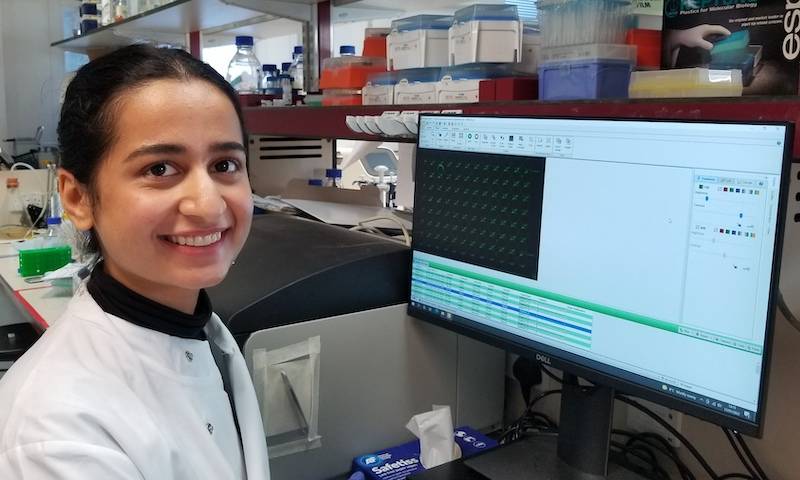
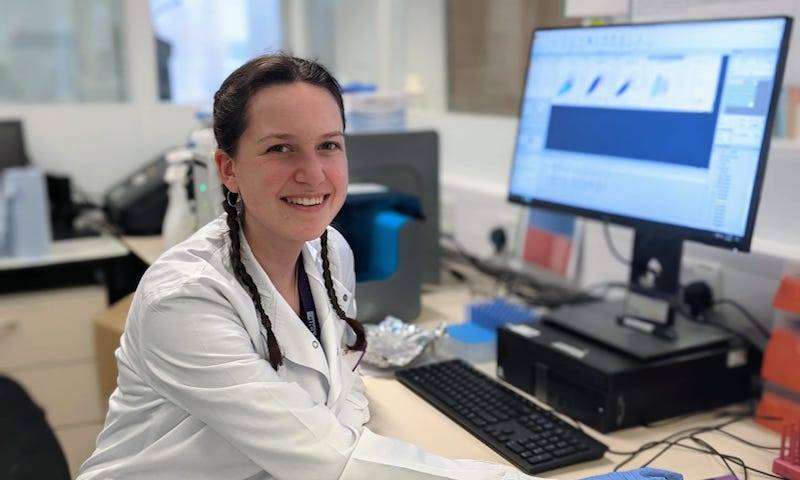
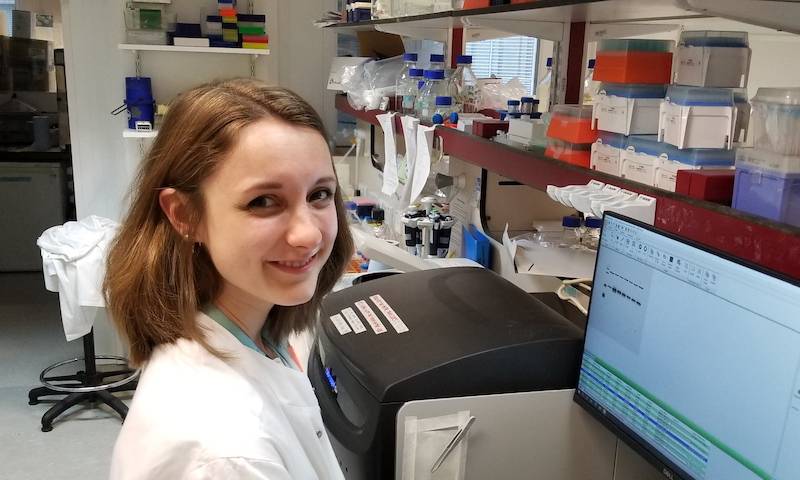
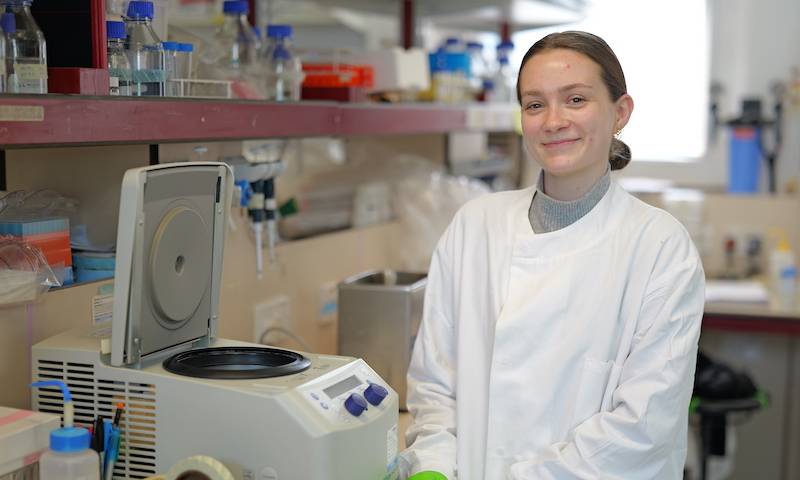

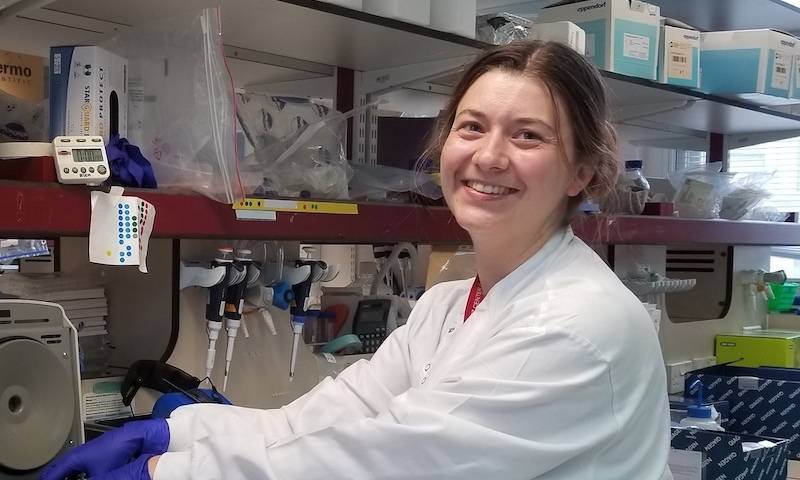
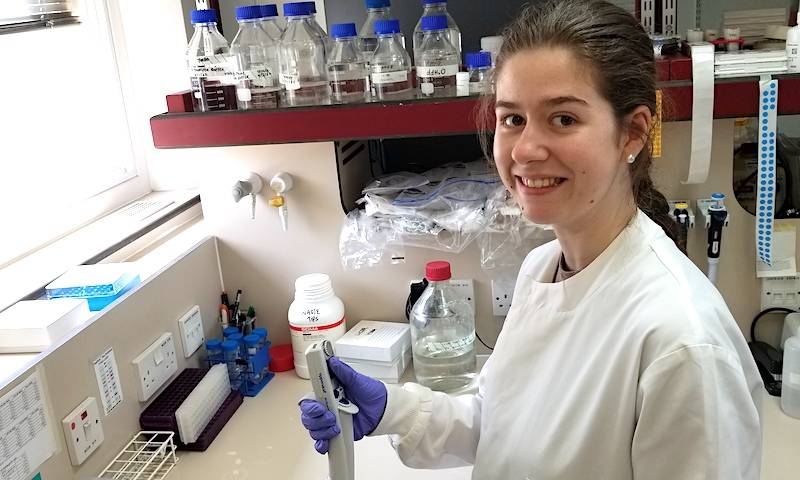
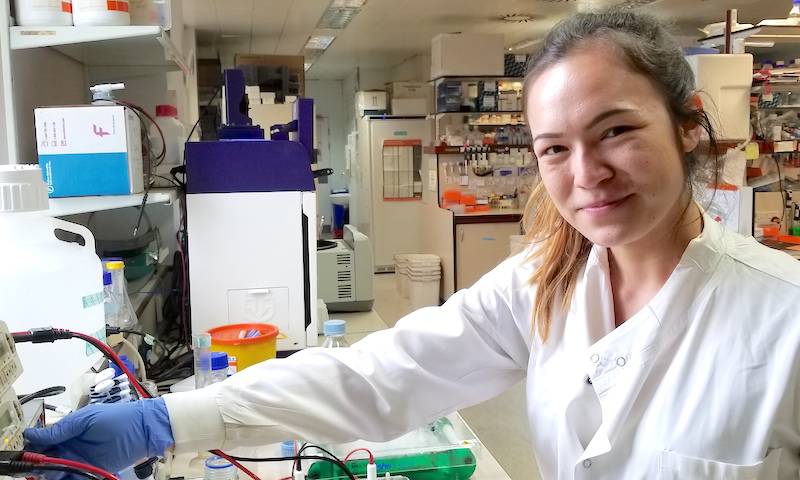
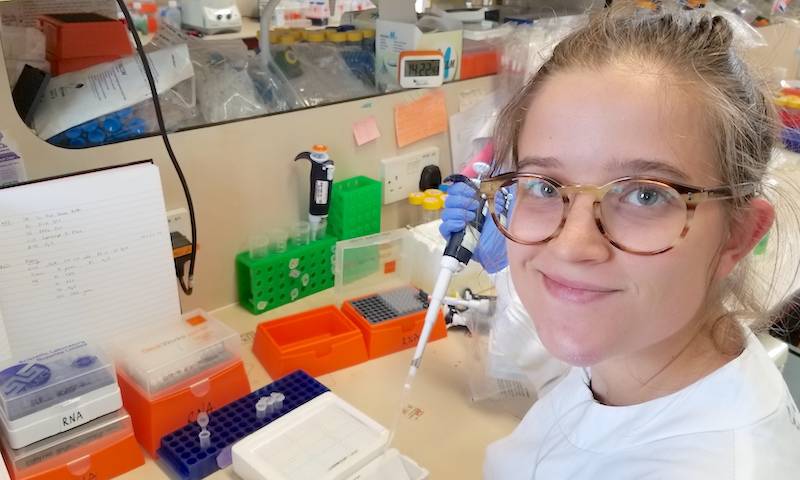
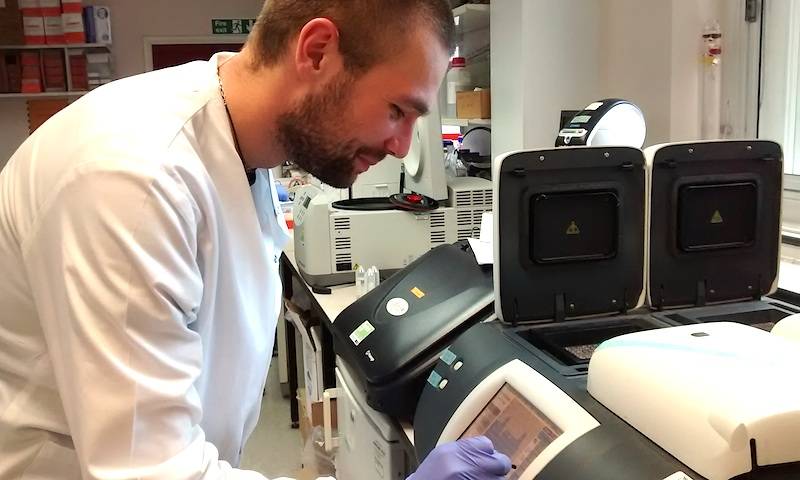
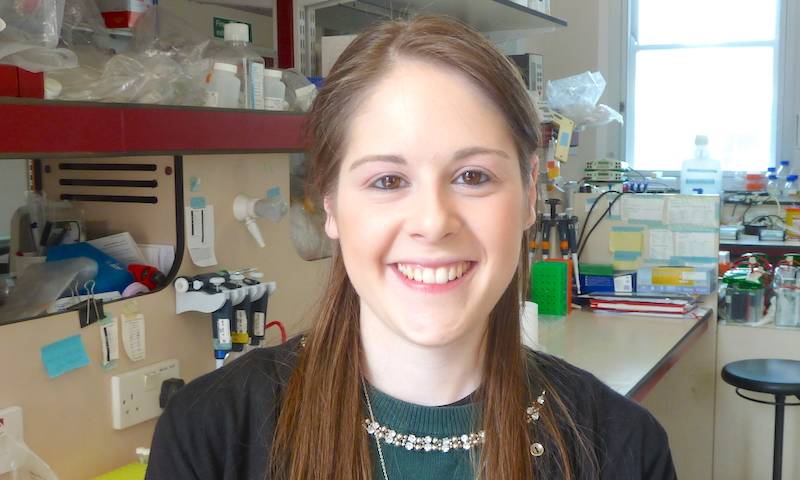
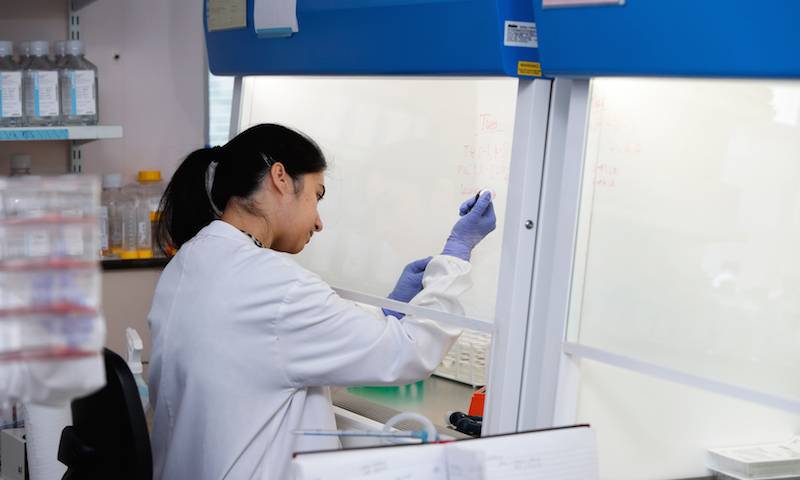
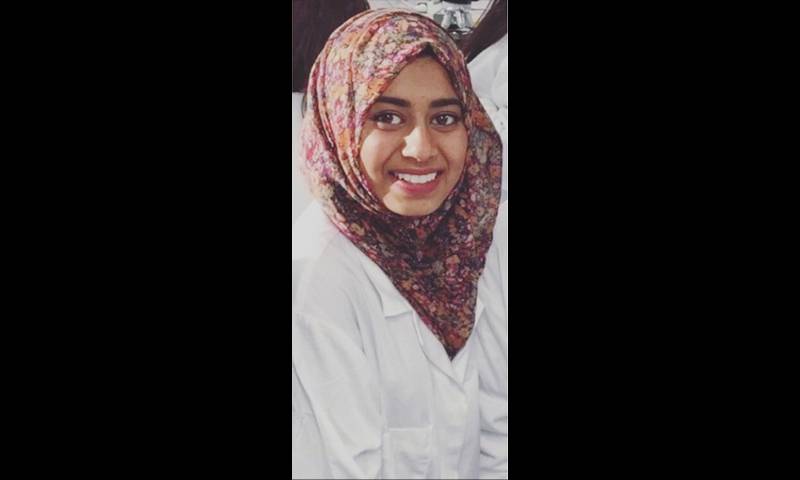
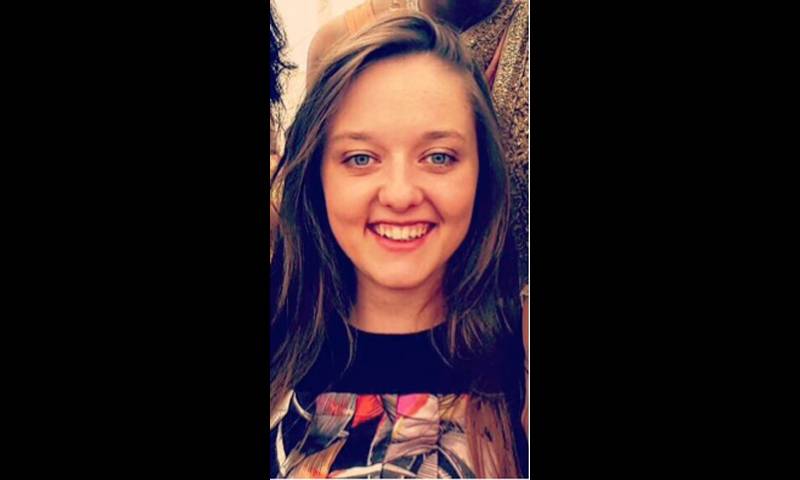
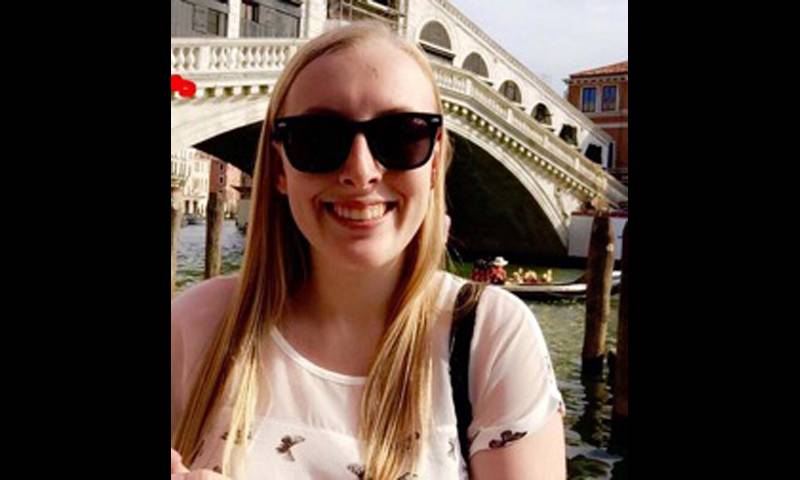
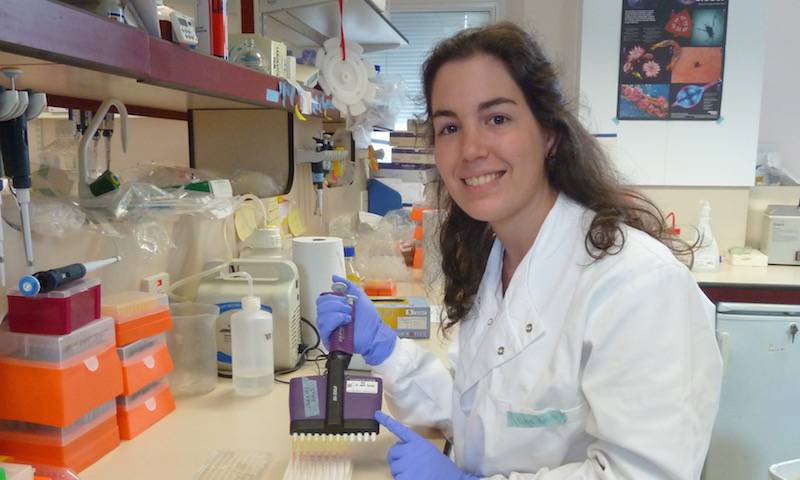
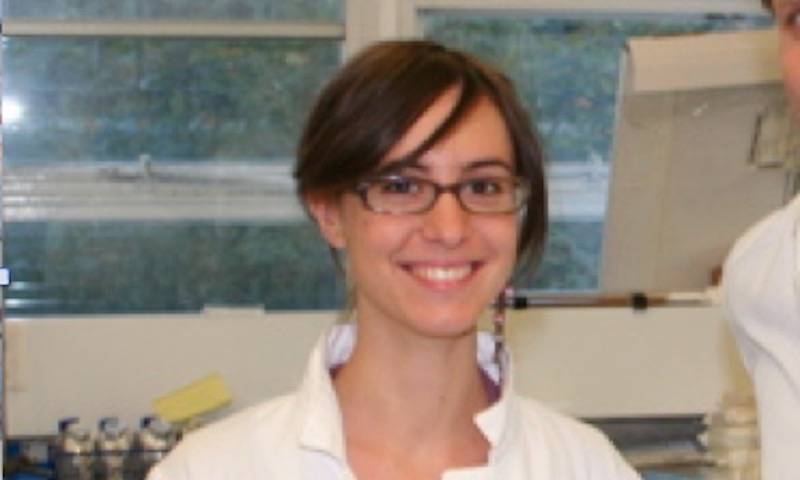

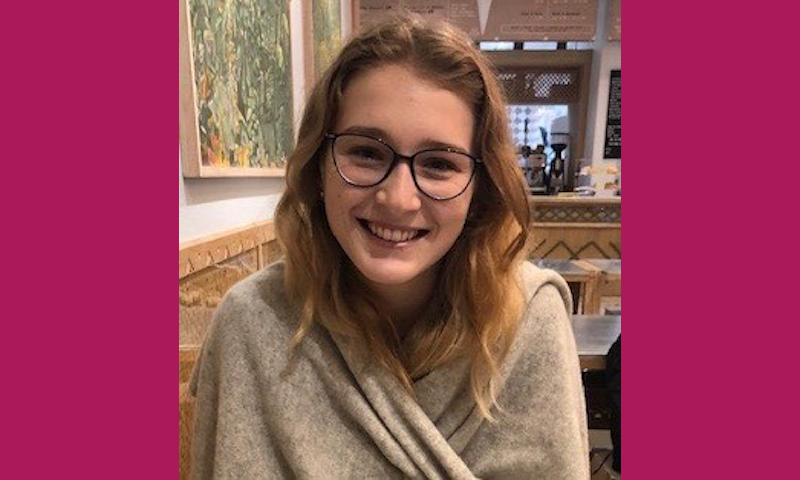
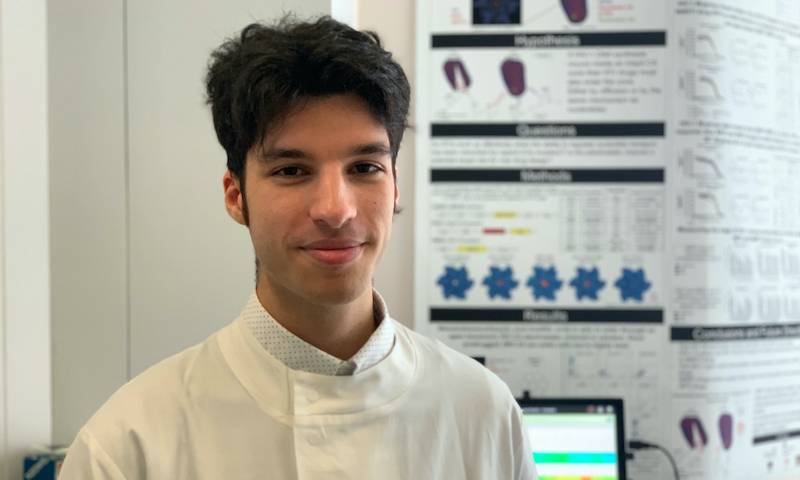
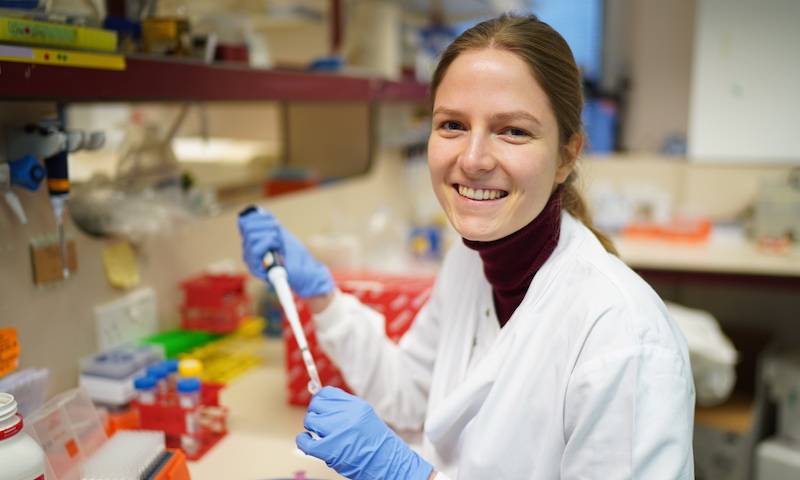
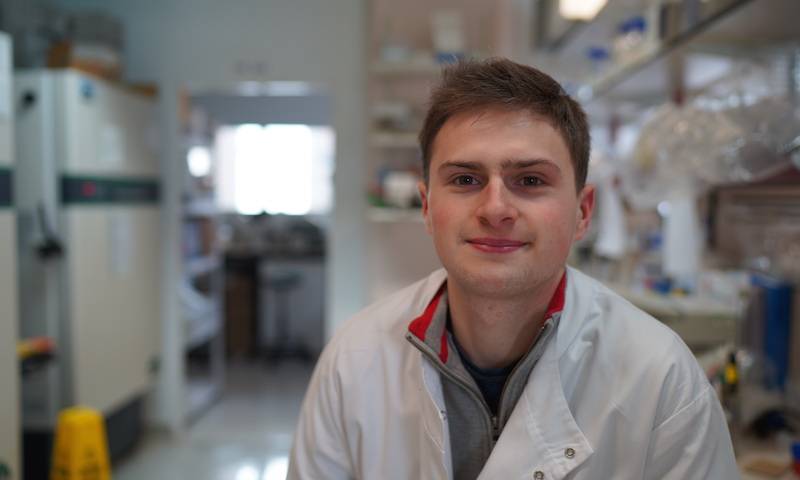
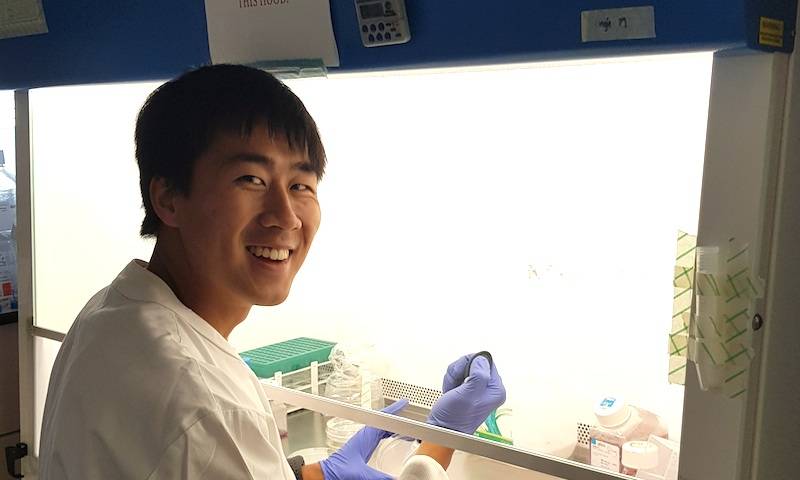
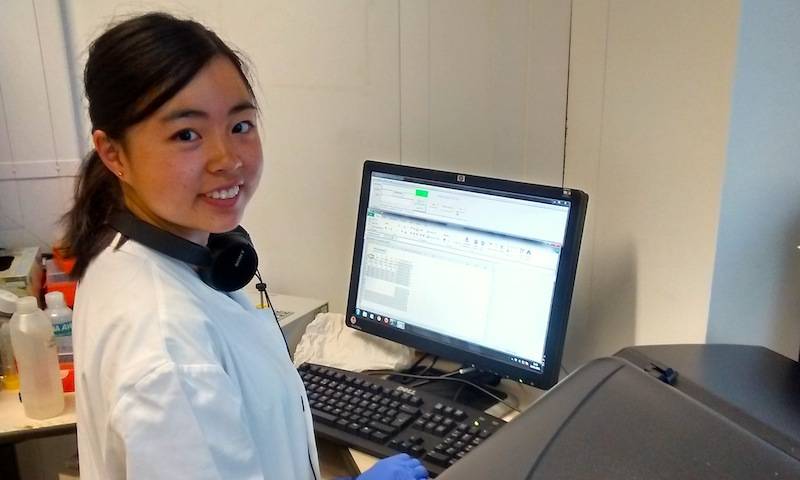
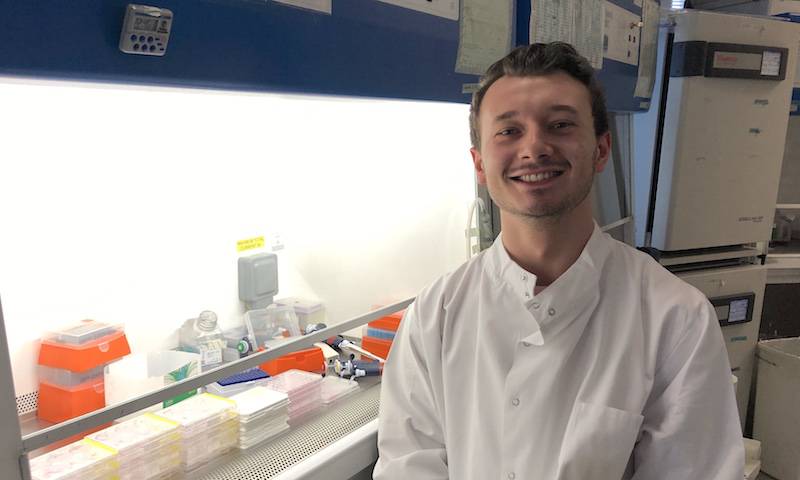
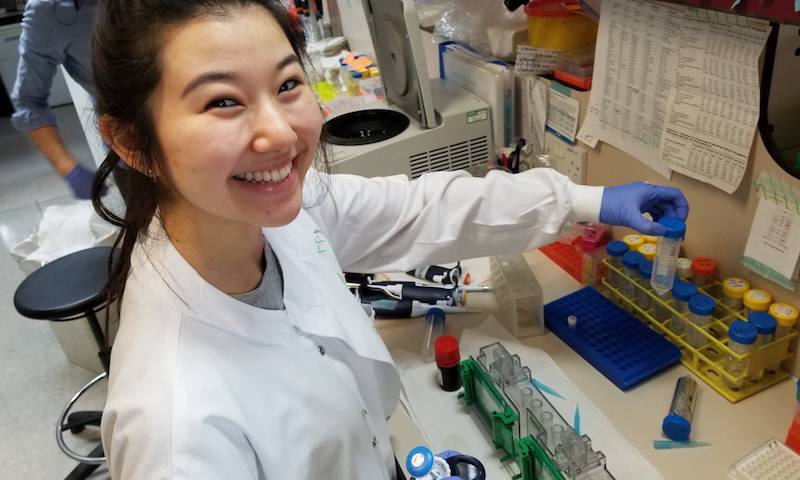
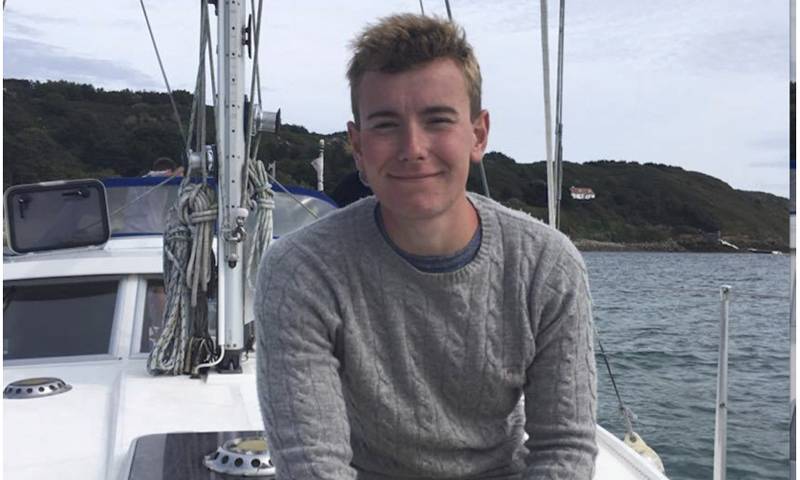
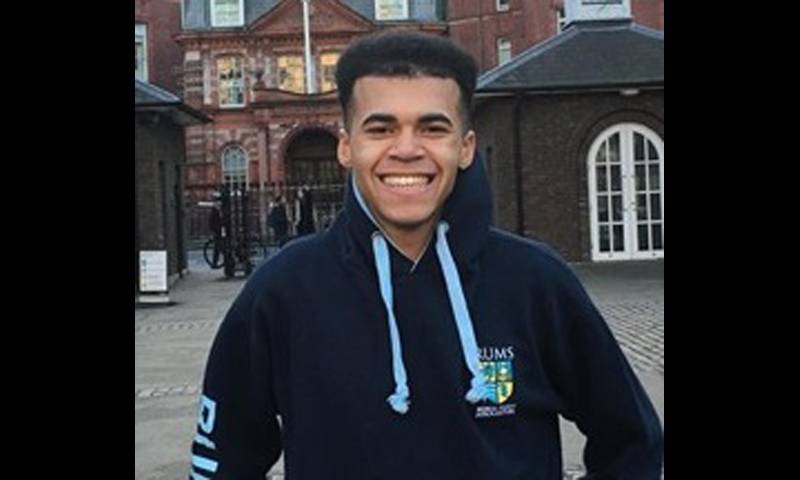
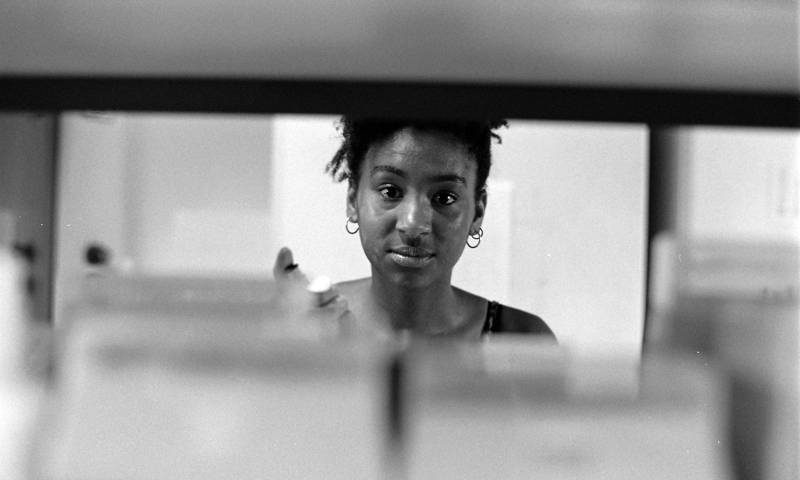
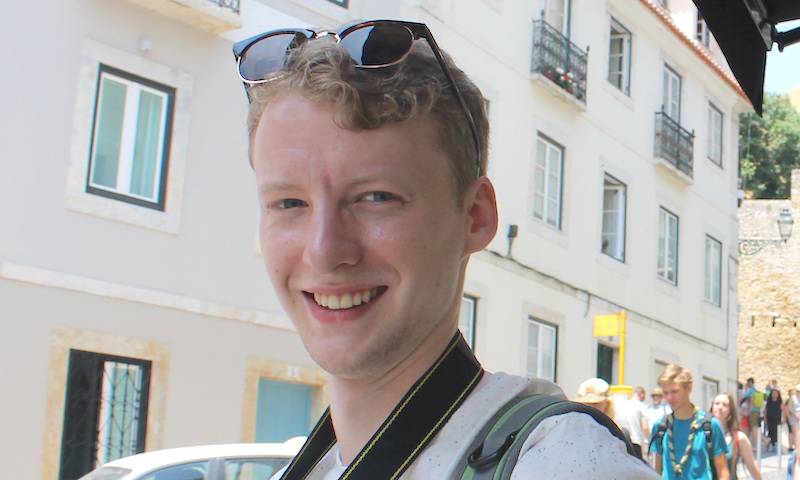

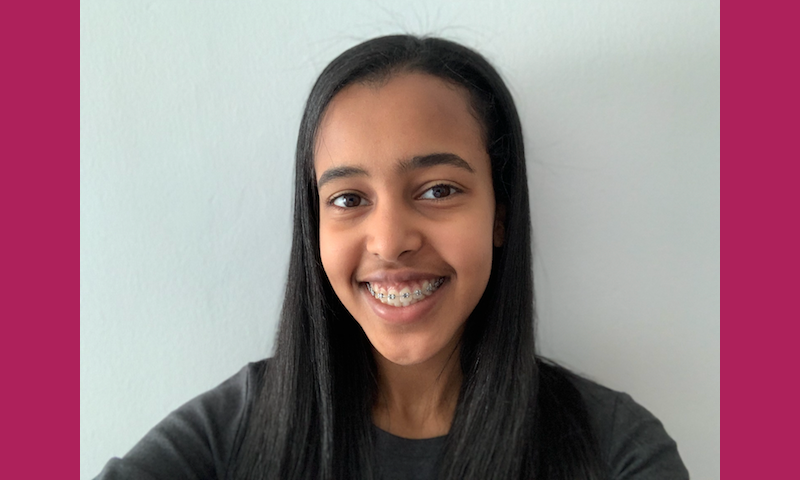
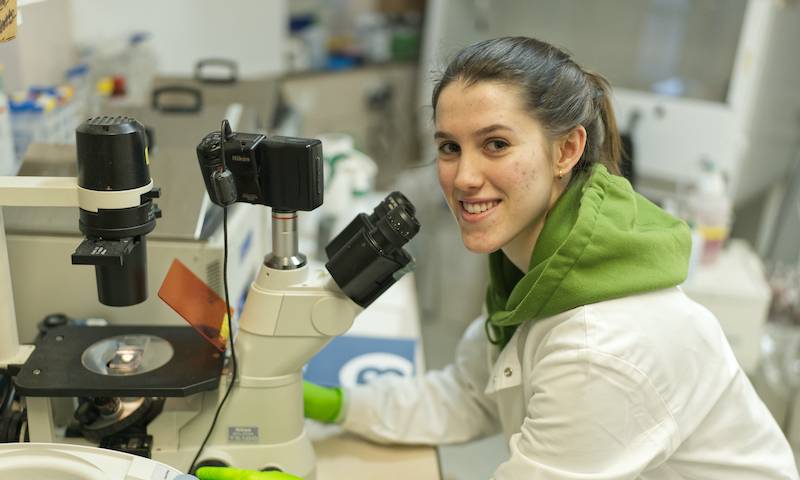

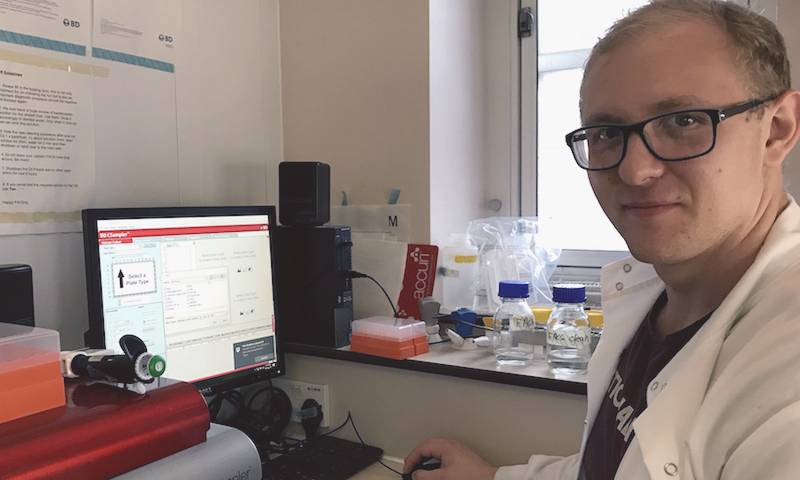


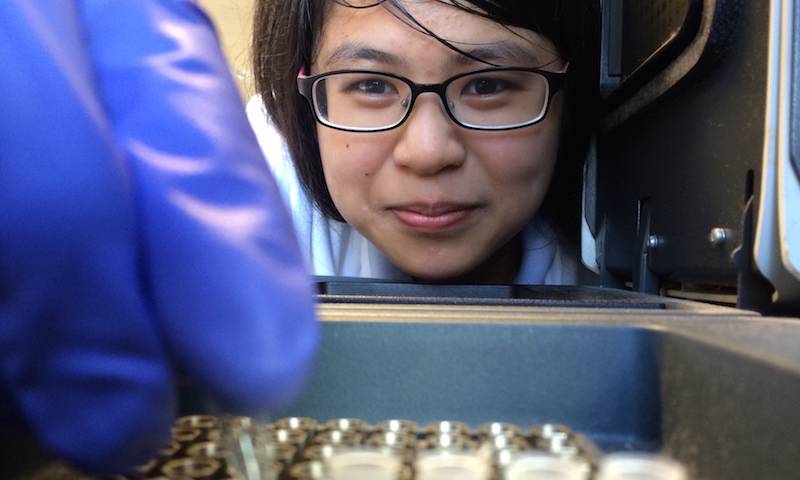
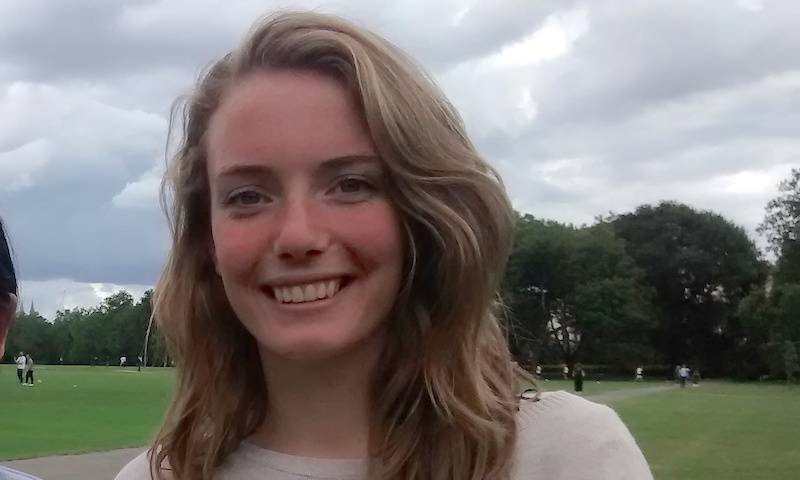
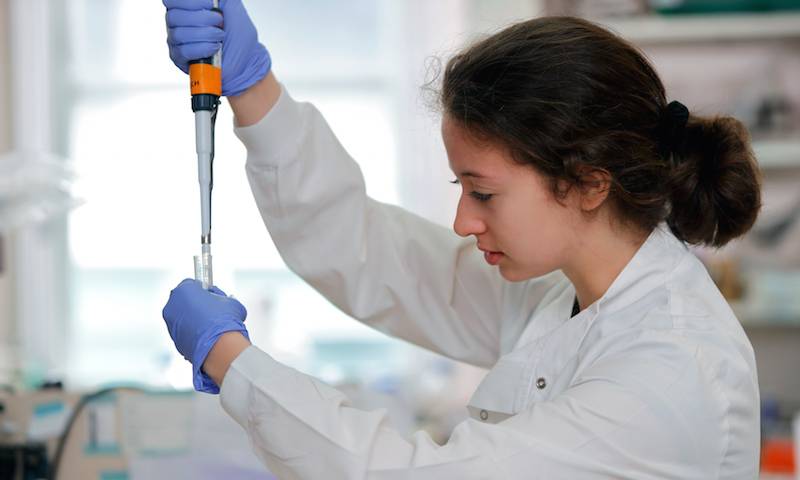
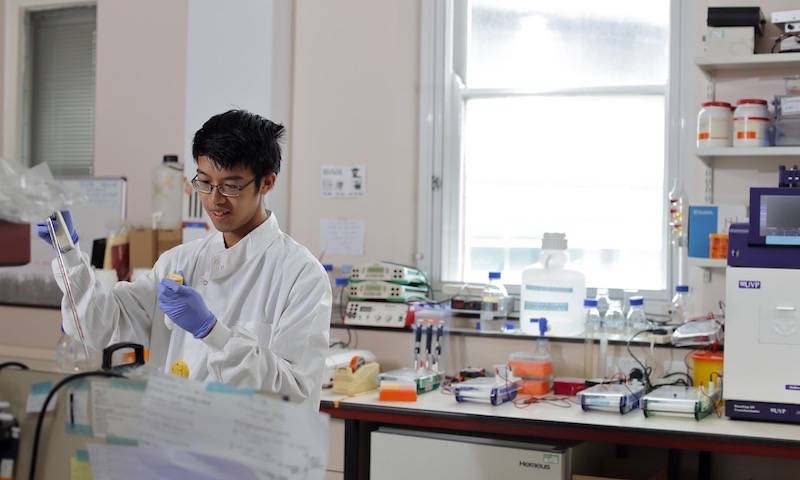
 Close
Close

